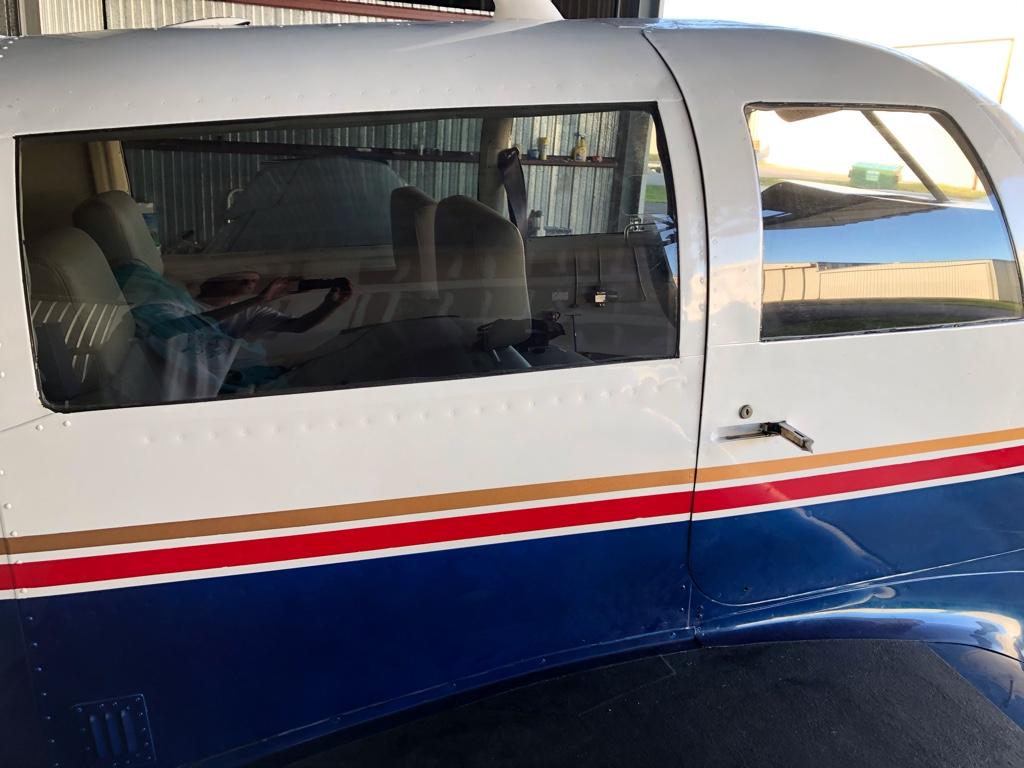Jim_R
Pattern Altitude
- Joined
- Feb 17, 2010
- Messages
- 1,826
- Display Name
Display name:
Jim
There's a front glass replacement in my future in the next few years, and I may do all of it at the same time while I'm at it. (PA28 with six side windows.)
In another forum I follow, an owner said he went with light tint up front and darker tint on the back four windows. That got me thinking.
I did a little poking around during annual this year, and it seemed that LP Aero is the leader in the aviation glass market, but the only way to get UV and IR blocking glass from them is with a tint. They offer UV/IR blocking glass in green and gray with almost identical light transmittance (77% and 76%, respectively). (UV/IR blocking is highly attractive to me, as I live in the south and the inside of the aircraft is like an oven on the ground in the summer.)
Still, 77% of the available light isn't 100%. While that would be plenty fine during daytime flying, I would rather not give up any light transmittance at night or in IMC.
That said, I've never flown behind tinted glass and am wondering how big a deal it really is.
Has anyone else flown at night and/or in IMC behind a tinted windshield, who'd care to give a pirep?
Does anyone know of a glass provider who offers UV/IR blocking with lighter visible-light tints than LP Aero?
The obvious solution to maximize visibility and get some heat rejection is to keep the windshield clear, put the 23% tint on the front sides, and consider a darker tint in the farther-back windows. But the windshield is the largest glass panel, and the farther back windows are tiny in comparison, so it's questionable how much that strategy would actually help with heat rejection.
Any pireps on the value of UV/IR blocking glass in controlling cabin temp in the summertime?
In another forum I follow, an owner said he went with light tint up front and darker tint on the back four windows. That got me thinking.
I did a little poking around during annual this year, and it seemed that LP Aero is the leader in the aviation glass market, but the only way to get UV and IR blocking glass from them is with a tint. They offer UV/IR blocking glass in green and gray with almost identical light transmittance (77% and 76%, respectively). (UV/IR blocking is highly attractive to me, as I live in the south and the inside of the aircraft is like an oven on the ground in the summer.)
Still, 77% of the available light isn't 100%. While that would be plenty fine during daytime flying, I would rather not give up any light transmittance at night or in IMC.
That said, I've never flown behind tinted glass and am wondering how big a deal it really is.
Has anyone else flown at night and/or in IMC behind a tinted windshield, who'd care to give a pirep?
Does anyone know of a glass provider who offers UV/IR blocking with lighter visible-light tints than LP Aero?
The obvious solution to maximize visibility and get some heat rejection is to keep the windshield clear, put the 23% tint on the front sides, and consider a darker tint in the farther-back windows. But the windshield is the largest glass panel, and the farther back windows are tiny in comparison, so it's questionable how much that strategy would actually help with heat rejection.
Any pireps on the value of UV/IR blocking glass in controlling cabin temp in the summertime?
Last edited:


